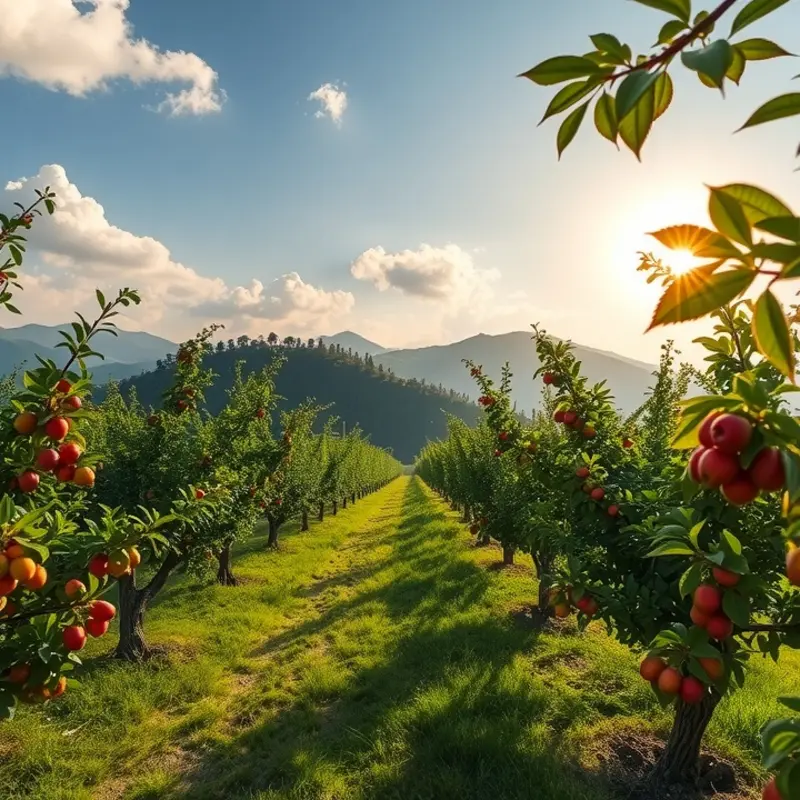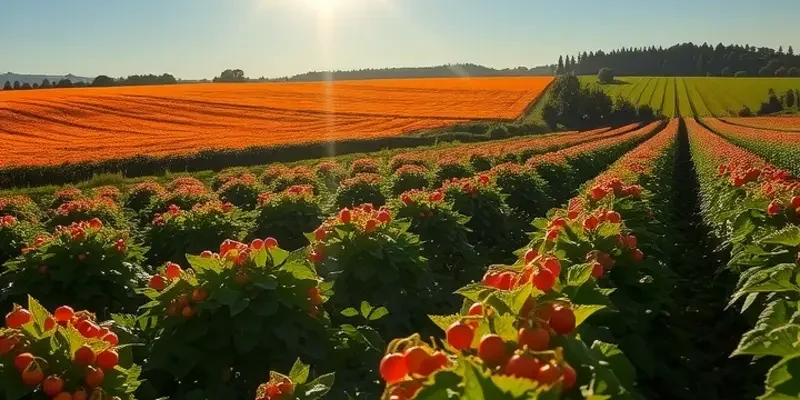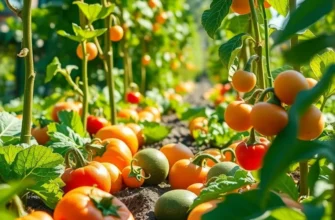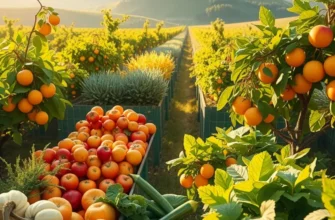Ceremonial feasts are more than just meals; they are rich tapestries woven with culture, tradition, and history. From lavish banquets celebrating harvests to intimate gatherings honoring ancestors, these culinary experiences reveal the heart of communities around the globe. Dive into the vibrant world of global feast traditions, where each dish tells a story and food becomes a bridge connecting generations.
The Harvest Festivals: Celebrating Bounty and Gratitude

Harvest festivals stand as a testament to the profound connection between humans and the earth. Across diverse landscapes, communities unite in joyful celebration, expressing gratitude for the bounty they’ve reaped. Each festival, adorned with its unique cultural flourishes, shares a common theme: an appreciation of nature’s generosity.
Pongal, marked in Tamil Nadu, India, exemplifies such reverence. This four-day festival commences with the preparation of the Pongal dish, a sweet concoction of rice and lentils, symbolizing prosperity. Each household shares the dish with neighbors, enhancing community ties. Traditional dances and music enliven the festival, reinforcing cultural heritage.
Moving across the globe to North America, Thanksgiving stands as a modern embodiment of harvest celebration. Families gather to feast on turkey, stuffing, and pumpkin pie. Though rooted in history, the essence of gratitude remains vibrant. Here, the focus extends beyond the bounty to encompass a broader sense of thankful reflection.
In Spain, the La Tomatina festival in Buñol, though more playful than traditional, highlights the exuberance of a successful harvest. Participants hurl tomatoes at each other, celebrating the abundance of produce. Such vivid festivities reveal a cultural penchant for spirited communal enjoyment.
Africa’s vibrant diversity is evident in Ghana’s Homowo festival. Originally celebrated by the Ga people, it translates to “hooting at hunger.” The community comes together to prepare a meal of cornmeal and palm nut soup. This festival not only marks agricultural success but also commemorates historical resilience against famine.
Common threads weave through these celebrations worldwide: gratitude, community, and cultural preservation. The sharing of food often takes center stage, an act that fosters unity and compassion. Rituals, whether chaotic or serene, honor the cycles of nature and the communities they sustain.
Yet, variations flourish. Ingredients and culinary techniques differ remarkably, influenced by regional growing conditions and cultural tastes. For instance, while Spain revels in tomatoes, China’s Qingming Festival pays homage to ancestors with offerings of tea and rice. Meanwhile, Japan’s Tsukimi or “moon-viewing” festival features dishes shaped to resemble the harvest moon, showcasing aesthetic appreciation and culinary artistry.
To explore more on the culinary exchanges that shape these festivities and deepen their flavors, check out this guide on culinary influences and trade.
In each region, harvest festivals embody more than cultural pageantry; they are living narratives of survival and joy. As distinct as they are unified, these celebrations invite us to reflect on our relationship with food and each other, offering lessons in gratitude and the timeless value of community.
Rituals of Reunion: Feasts for Honoring Ancestors

Across the world, cultures have long recognized the power of feasting as a means of connecting with the departed souls of ancestors. These ceremonial feasts not only honor those who came before but also weave a tapestry of communal identity, grounding the present in the rich soil of the past.
In Mexico, the Día de los Muertos, or Day of the Dead, is a vibrant example of such a tradition. Families create altars called ofrendas in their homes, adorned with photographs, marigolds, and the favorite foods of their deceased relatives. Pan de muerto, a sweet bread decorated with bone-shaped patterns, sits alongside tamales and mole as symbols of love and remembrance. These culinary offerings are said to guide and nourish the souls of the departed as they return to the earthly realm. Through these rituals, newer generations learn about their heritage, binding them tightly to both family and cultural roots.
Similarly, in Chinese culture, the Qingming Festival invites families to honor ancestors by visiting gravesites and presenting offerings of food and tea. It is a time to share symbolic dishes such as jianbing, a kind of savory crepe, made according to recipes passed down through generations. Each ingredient and preparation technique is imbued with respect for familial traditions, preserving stories that might otherwise fade with time.
Meanwhile, in parts of West Africa, the yam festival serves as both a harvest celebration and an act of ancestral worship. Yams are believed to be sacred gifts from the ancestors, and their harvest is marked with grand feasts. The preparation of yam dishes, like pounded yam or yam porridge, is an act of both gratitude and communion with spirits believed to watch over their descendants. These communal feasts fortify familial ties and communal identity, instilling a sense of belonging and continuity.
The impact of these ancestral feasts extends beyond mere celebration. They sustain a living connection to history, one that strengthens community ties and cultural resilience in the face of modernity’s challenges. The preservation of traditional recipes and cooking methods, often orally transmitted, safeguards culinary knowledge that defines and distinguishes communities.
For those seeking to explore global culinary traditions, understanding the role of ancestral feasts can enrich one’s appreciation of diverse food cultures. Each ingredient in these feasts holds a story—an echo from the past that resonates through the present. For inspiration on incorporating traditional elements into contemporary cooking while maintaining respect for heritage, readers might find the insights in culinary influences through trade particularly illuminating.
Ultimately, these rituals of reunion through food remind us of the eternal bonds between the living and the dead and the feast as a fulcrum balancing heritage and modern identity. Engaging with these traditions offers not just a meal but a profound connection to ancestral roots and cultural destiny.
Final words
Ceremonial feasts are living histories, offering not just nourishment but a sense of identity and belonging. Each meal served during these occasions carries whispers of ancient traditions and the vibrant stories of communities. By exploring different cultures’ feasting practices, one can appreciate the rich tapestry food weaves across a diverse world. Whether celebrating harvests or honoring ancestors, these gatherings unite people in a shared experience, demonstrating that food truly is the universal language of love and culture. Embracing and participating in these feasts allows food enthusiasts to connect with the heart and soul of culinary traditions worldwide.








